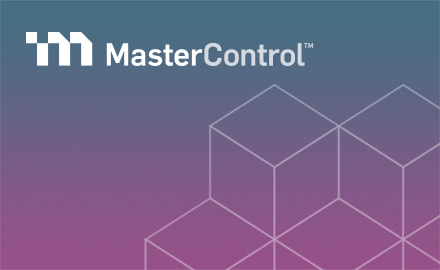Quality Document Control Software for Life Sciences
In regulatory environments, effective document control plays a critical role, impacting all quality processes. With MasterControl's Quality Excellence, a robust quality document control software, you can ensure regulatory compliance with even the strictest regulations and standards while reducing overall costs. Experience accelerated time to market with our advanced solution.









